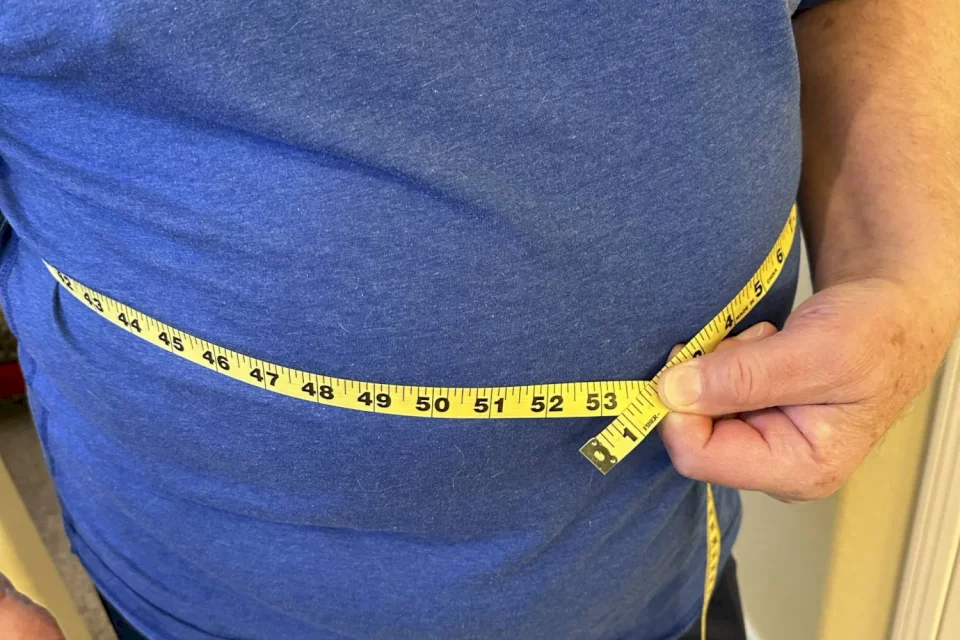
Study: To Reduce the Risk of Obesity and Diabetes
SadaNews - A new German study has confirmed the importance of synchronizing daily calorie intake with the circadian rhythm to improve metabolism and protect against type 2 diabetes and obesity.
The relationship between food intake and the internal biological clock concerning metabolic function is still under research, according to what was published by New Atlas citing the eBioMedicine journal.
Metabolic Health
Scientists at the German Center for Diabetes Research (DZD) have begun exploring how the timing of food intake, compared to the internal biological clock, affects insulin sensitivity—an indicator of metabolic health—and whether these eating patterns are affected by genetic factors.
To achieve this, the sleep and movement of 46 sets of twins, both identical and fraternal, were monitored using sleep and activity measuring devices for 14 days, during which they kept specific food diaries for five days, accurately recording the timings of all meals, snacks, portion sizes, and types of food.
Through this, the midpoint of calorie intake (the time of day when 50% of daily calories were consumed) and the daily calorie midpoint (CCM)—i.e., how that time aligns with the biological clock—was detailed for each participant. Insulin resistance and sensitivity were also assessed through comprehensive glucose tests.
The Need for Sufficient Evidence
Olga Rammich, a researcher at the German Center for Diabetes Research, who also heads the Molecular Metabolism and Micronutrient Nutrition division at the German Institute of Human Nutrition in Potsdam-Rehbrücke, stated that "despite the widespread recognition of the biological clock's contribution to regulating metabolism, the role of food timing in glucose metabolism and the risk of diabetes is still insufficiently studied."
Morning Biological Timing
Sleep determines the daily calorie midpoint (CCM) - the ideal energy consumption window for the biological clock - so, for example, if a person's average sleep is eight hours from 11 PM to 7 AM, the sleep midpoint would be 3 AM, which represents the "start" of their day.
In this sleep schedule, the ideal daily calorie midpoint would be around 11 AM to 1 PM, based on the alignment of the biological clock and metabolic health.
At this stage of the day, the person is assumed to have consumed 50% of their energy. If energy consumption is higher in the evening, the person would be considered "late eaters," meaning they consume most of their calories later than their morning biological timing.
Of course, two people can eat the exact same meals at 6 PM, but if one has an earlier timing pattern, they are biologically eating later than the other.
Increased Metabolic Disorder
Previous studies have shown evidence of increased metabolic disorders resulting from late-night eating, but these studies have focused more on morning, day, and night times in general.
The Ideal Midpoint
The participants' sleep helped scientists assess the ideal midpoint for energy, enabling researchers to determine if people eating late—even if dinner was not considered "late" according to their biological clock—suffer from imbalances in metabolic measures.
Genetic Effects
By comparing identical twins (who share all of their genes) with fraternal twins (who share about half of their genes), researchers were able to estimate the extent to which genetic factors influence eating behavior and circadian harmony. Researchers found that both eating timing and the temporal pattern (biological sleep and wake rhythm) are partially shaped by heredity.
Overall, identical twins tend to have more similar eating times and temporal patterns than fraternal twins, indicating moderate heritability.
Better Insulin Sensitivity
Rammich noted that "people who consumed their main calories earlier in the day had better insulin sensitivity." On the other hand, people who consumed their main calories later in the day showed lower insulin sensitivity, which is associated with a higher risk of type 2 diabetes.
Reverse Fasting
Researchers believe that using one’s personal biological clock as a guide can be more beneficial and that unlike fasting, a person does not need to consume all their calories within a fixed time frame, but rather directs their energy consumption towards the "morning" of their biological clock. For many, fasting focuses more on consuming most energy during breakfast and lunch.
Calculating Time Pattern
To calculate an individual's time pattern, they could log their sleep for a few weeks (considering the days they wake up naturally), or use the Munich Chronotype Questionnaire (MCTQ), or track sleep using a wearable device.
Or simply, the sleep and wake times can be calculated if the person does not have work commitments or social obligations. Thus, the central time pattern can be determined—how organizing meals to align with the internal rhythm can benefit both metabolic health and energy levels.

Predictions for a Decline in Global Smartphone Shipments in 2026

US Congress Launches Investigation into the Use of Ticks as Biological Weapons

Russia Develops Fuel That Provides Energy for a Thousand Years

10 Daily Habits that Waste Time and Energy

7 Exercises to Strengthen Your Calf Muscles

Creative Commons Organization Supports "Pay-Per-Crawl" Systems to Compensate Content in th...

Tea and Cocoa Reduce Health Issues Caused by Sitting for Long Hours

